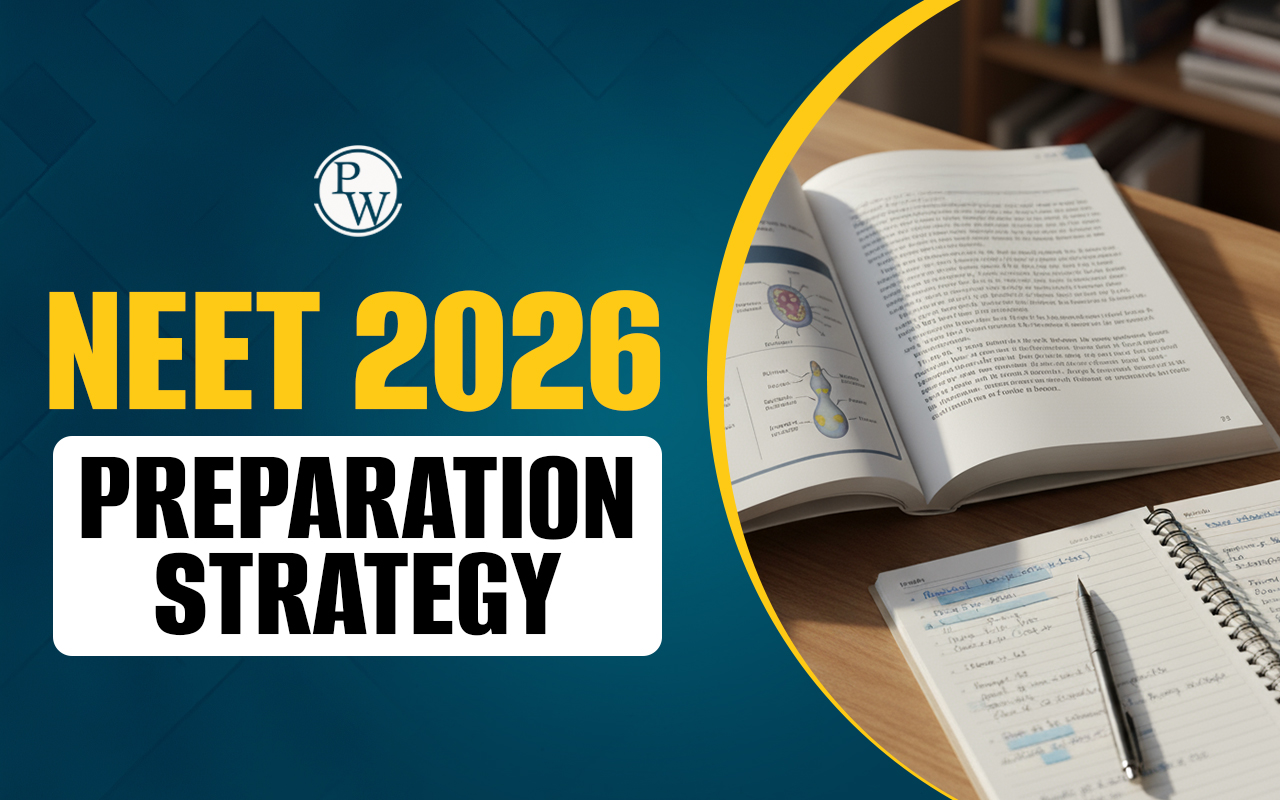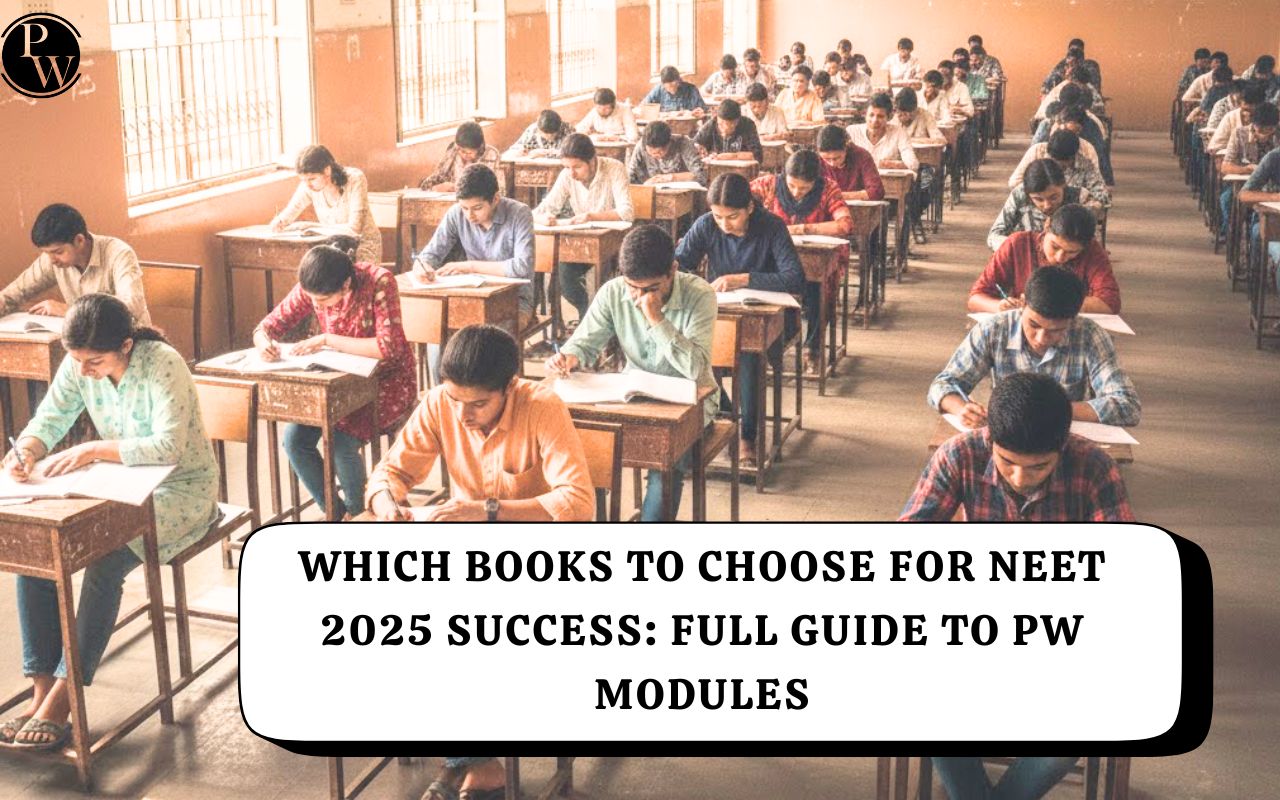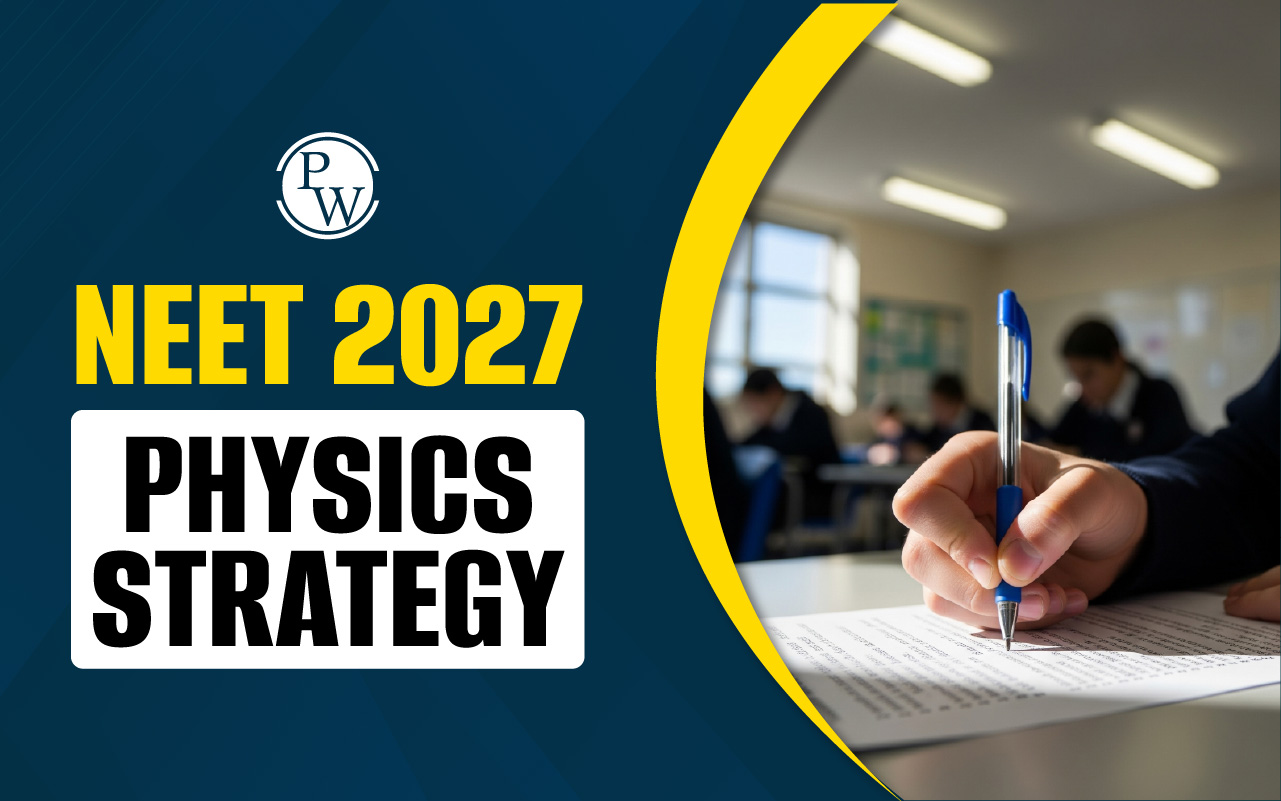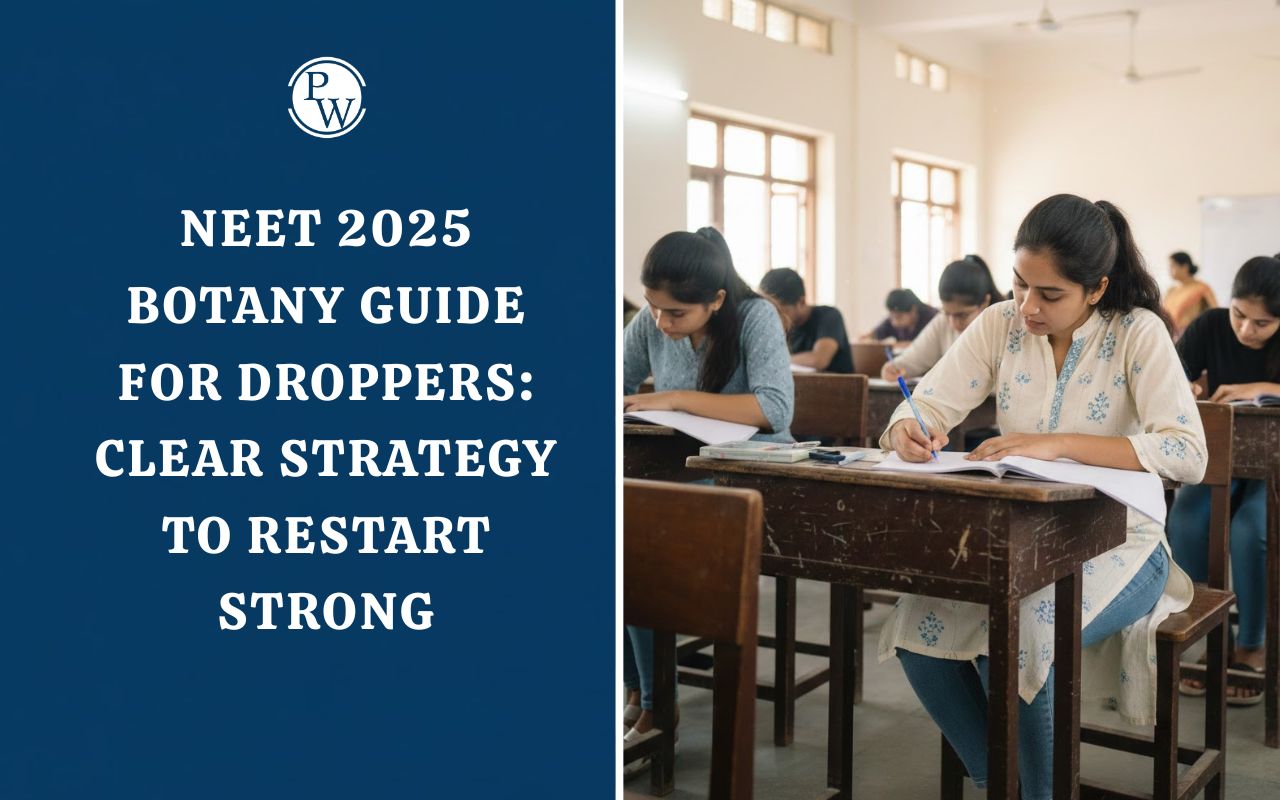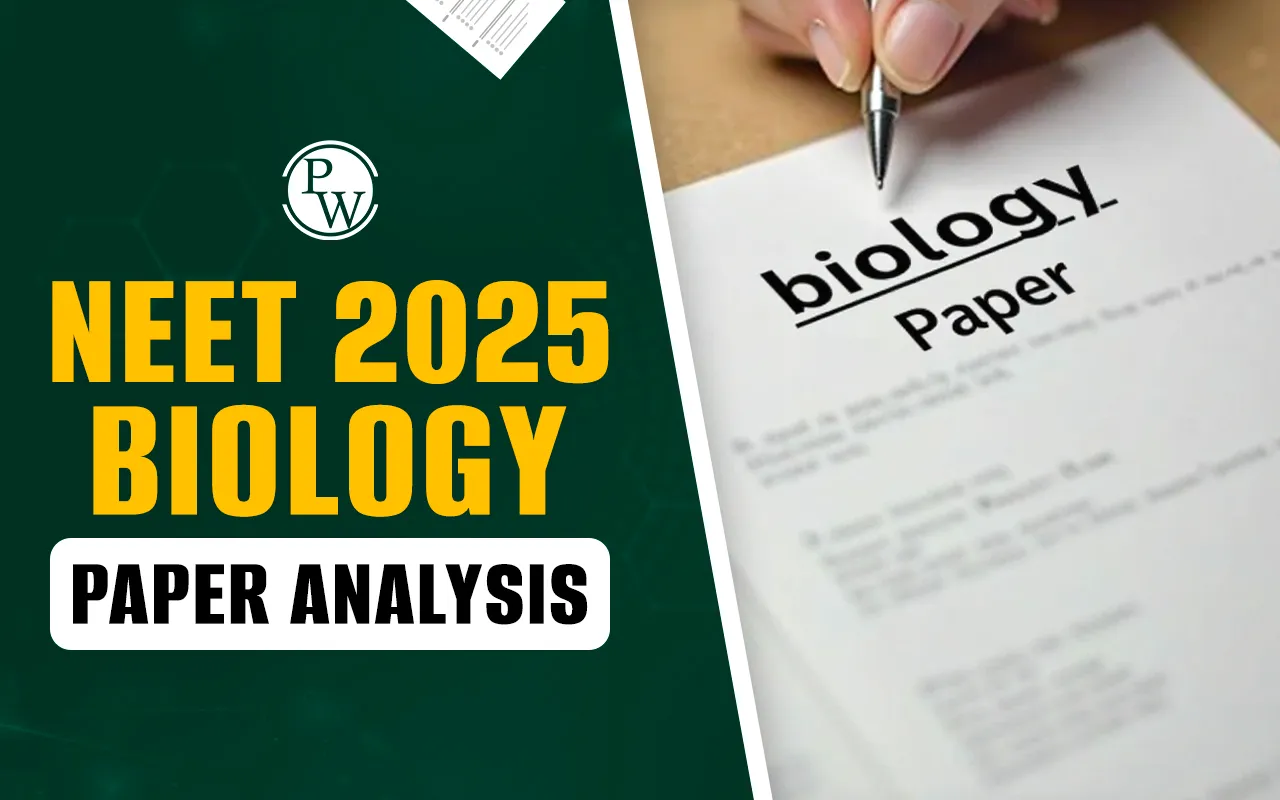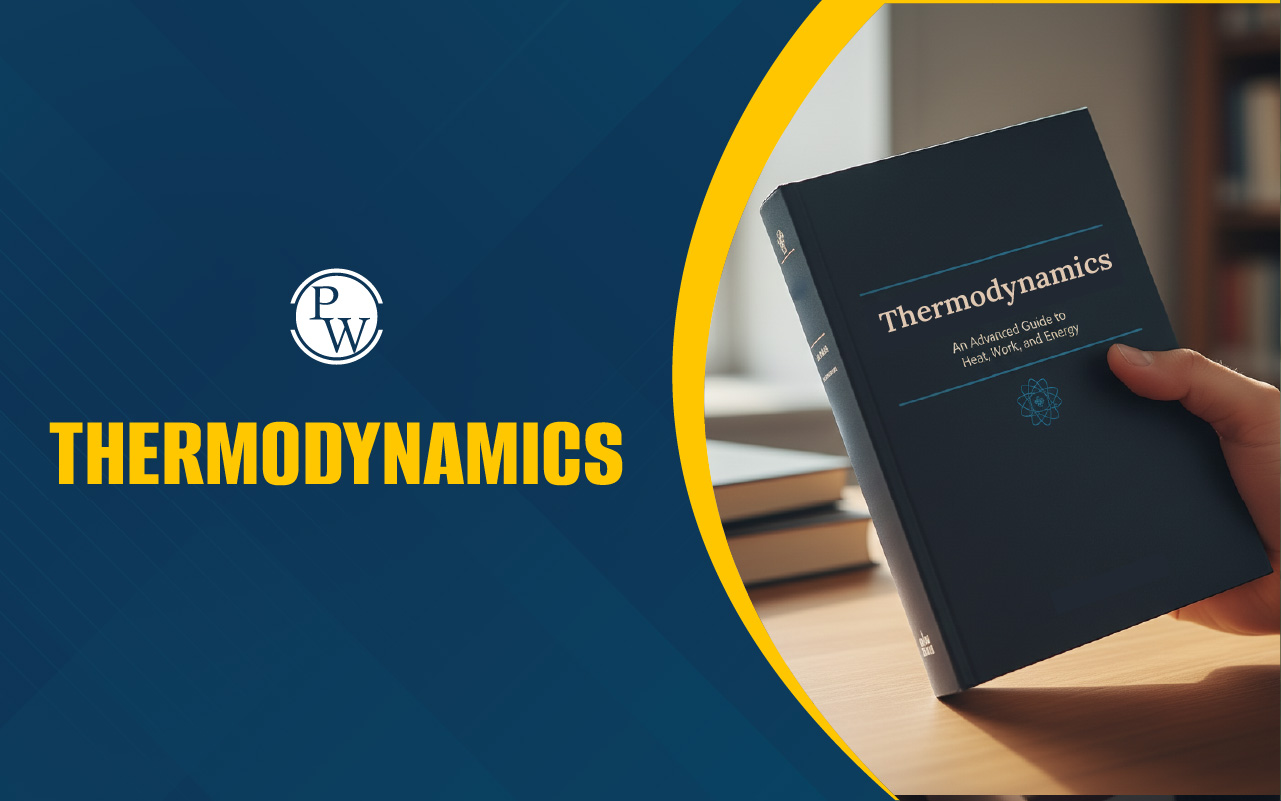
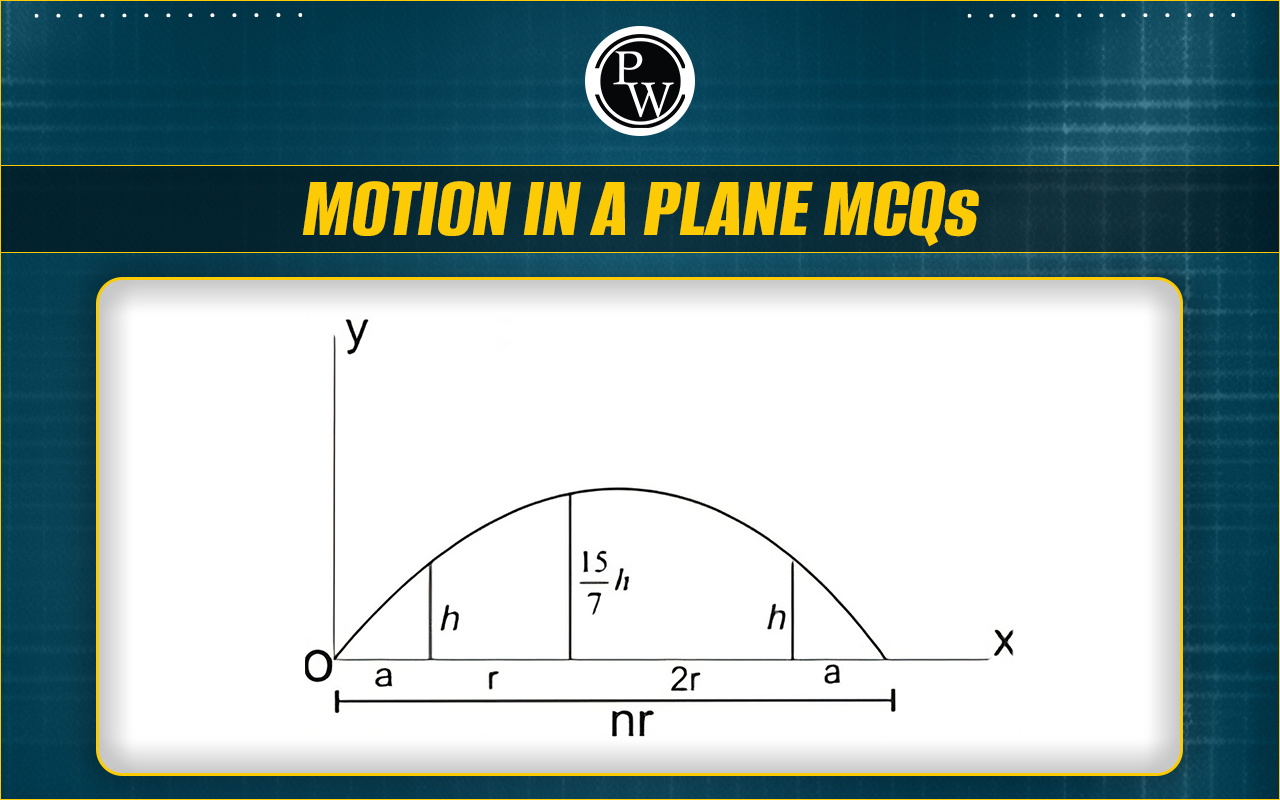
Motion in a Plane MCQs: Motion in a Plane is an important chapter in Class 11 Physics that covers the basics of two-dimensional motion. This chapter introduces students to essential concepts like vector analysis, projectile motion, and circular motion, which are foundational for understanding more advanced topics in physics.
Mastering the Motion in a Plane MCQs is important for students who want to excel in Class 11 and competitive exams like NEET. These MCQs are created by experts to help students understand key concepts, especially those relevant to the NEET exam. Candidates can find the Motion in a Plane MCQs in the article below, along with guidance on how to approach them effectively.Class 11 Motion in a Plane MCQs
Class 11 Physics Chapter 4 Motion in a Plane MCQs an important for students preparing for NEET. Motion in a Plane MCQs provides the foundation for understanding more advanced concepts in physics. The Class 11 Motion in a Plane MCQs set is specifically designed to match the Class 11 NEET Physics syllabus. Practicing these MCQs helps students strengthen their understanding of the basic principles of the chapter, which is essential for achieving high scores in the NEET exam. By regularly practicing the Motion in a Plane MCQs for NEET, students can improve their problem-solving abilities and enhance their chances of performing well in the NEET exam.Motion in a Plane NEET Questions Class 11
NEET aspirants need a strong understanding of Motion in a Plane, which is an important part of the NEET Physics syllabus. NEET Physics Chapter-wise weightage shows that questions from this chapter often appear in the exam. Practicing MCQs from this chapter helps students become familiar with the types of questions and difficulty levels they may encounter. These questions assess students' ability to apply theoretical knowledge to practical problems. By consistently practicing these Motion in a Plane MCQs for NEET, students can improve their problem-solving skills and boost their chances of achieving a high score on the exam.NEET MCQ on Motion in a Plane MCQs
NEET MCQ on Motion in a Plane, set is carefully designed to include various questions covering various aspects of two-dimensional motion. These MCQs assess both basic and advanced concepts from the chapter. The questions vary from simple problems, such as calculating the resultant vector, to more complex scenarios involving projectile motion and uniform circular motion. By practicing these Motion in a Plane MCQs, students can identify their strengths and weaknesses, improve their problem-solving skills, and better understand the concepts. This practice helps students focus their study efforts more effectively on areas that need improvement.Q 1. The minimum number of vectors of equal magnitude required to produce a zero resultant is;
- 2
- 3
- 4
- more than 4
Q 2. Two vectors have magnitudes 6 and 8 units, respectively. Find the magnitude of the resultant vector if the angle between vectors is 60°.
- 148
- 10
- 10
- 148
Q 3. The resultant of two forces, one double the other in magnitude, is perpendicular to the smaller of the two forces. Find the angle between the forces.
- 150°
- 120°
- 90°
- 60°
Q 4. Two vectors of magnitudes 4 and 6 are acting through a point. The magnitude of resultant R is;
- 4 ≤ R < 6
- 4 < R < 10
- 2 ≤ R ≤ 10
- 2 ≥ R ≥ 10
Q 5. Which pair of the following forces will never give a resultant force of 2 N?
- 2 N and 2 N
- 1 N and 1 N
- 1 N and 3 N
- 1 N and 4 N
Q 6. The resultant of the two vectors is perpendicular to the vector having a smaller magnitude. If the magnitudes of the resultant and smaller vector are 4 units and 3 units respectively. Find the magnitude of another vector & angle between the two vectors.
Ans: [5 units, 127°]Q 7. Two equal forces of magnitude ‘A’ act at a point inclined to each other at an angle of 60°. The magnitude of their resultant is;
- 3A
- 2A
- 3A
- 2A
Q 8. How many minimum numbers of coplanar vectors having different magnitudes can be added to give zero resultant?
- 2
- 3
- 4
- 5
Q 9. How many minimum number of vectors in different planes can be added to give zero resultant?
- 2
- 3
- 4
- 5
Q 10. A body moves due east with a velocity of 20 km/hr and due south with a velocity of 30 km/hr. The resultant velocity is (in km/hr);
- 36
- 49
- 50
- 51
Q 11. The component of a vector is;
- always less than its magnitude.
- always greater than its magnitude.
- always equal to its magnitude.
- None of the above.
Q 12. A hall has the dimensions of 10 m × 12 m × 14 m. A fly starting at one corner ends up at a diagonally opposite corner. What is the magnitude of its displacement?
- 17 m
- 26 m
- 36 m
- 21 m
Q 13. Assertion (A): The scalar product of two vectors can be zero.
Reason (R): If two vectors are perpendicular to each other, their scalar product will be zero.
- Both Assertion (A) and Reason (R) are true and the Reason (R) is the correct explanation of Assertion (A).
- Both Assertion (A) and Reason (R) are true and the Reason (R) is not the correct explanation of Assertion (A).
- Assertion (A) is true but Reason (R) is false.
- Assertion (A) and Reason (R) both are false.
Q 14. A shell fired from the ground is just able to cross the top of a wall 90 m away and 45 m high. The angle of projection of the shell will be:
- 25°
- 30°
- 45°
- None of these
Q 15. The speed of a projectile at its maximum height is half of its initial speed. The angle of projection is;
- 60°
- 15°
- 30°
- 45°
Q 16. The horizontal range of a projectile fired at an angle of 15° is 50 m. If it is fired with the same speed at an angle of 45°, its range will be;
- 60 m
- 71 m
- 100 m
- 141 m
Q 17. For a projectile projected at angles (45° – q) and (45° + q), the horizontal ranges described by the projectile are in the ratio of:
- 1: 1
- 2: 3
- 1: 2
- 2: 1
Q 18. A bullet is fired for maximum range with an initial velocity of 30 m/s. If g = 10 m/s2, the range of the bullet is;
- 60 m
- 80 m
- 120 m
- 90 m
Q 19. A ball of mass 1 kg is thrown vertically upwards and returns to the ground after 3 seconds. Another ball, thrown at 60° with vertical also stays in the air for the same time before it touches the ground. The ratio of the two heights is;
- 1:3
- 1:2
- 1:1
- 2:1
Q 20. If R is the maximum horizontal range of a particle, then the angle of projection is;
- 90°
- 60°
- 0°
- 45°
Q 21. If the time of flight of a projectile is 10 seconds. The range is 500 meters. The maximum height attained by it will be;
- 125 m
- 50 m
- 100 m
- 150 m
Q 22. Four bodies P, Q, R, and S are projected with equal velocities having angles of projection 15°, 30°, 45° and 60° with the horizontal respectively. The body having the shortest range is;
- P
- Q
- R
- S
Q 23. For a projectile, the ratio of maximum height reached to the square of flight time is; (g = 10 ms)
- 5: 4
- 5: 2
- 5: 1
- 10: 1
Q 24. Which of the following sets of factors will affect the horizontal distance covered by an athlete in a long jump event?
- Speed before he jumps and his weight.
- The direction in which he leaps and the initial speed.
- The force with which he pushes the ground and his speed.
- None of these
Q 25. A ball thrown by one player reaches the other in 2 sec. The maximum height attained by the ball above the point of the projection will be about;
- 10 m
- 7.5 m
- 5 m
- 2.5 m
Q 26. If two bodies are projected at 30° and 60° respectively, with the same velocity, then;
- Their ranges are the same.
- Their heights are the same.
- Their times of flight are the same.
- All of these
Q 27. A bomb is released by a horizontal flying airplane. The trajectory of the bomb is;
- a parabola
- a straight line
- a circle
- a hyperbola.
Q 28. Assertion (A): The trajectory of an object moving under constant acceleration due to gravity can be a straight line or parabola.
- Reason (R): Initial conditions affect the motion of the object.
- Both Assertion (A) and Reason (R) are true and Reason (R) is a correct explanation of Assertion (A).
- Both Assertion (A) and Reason (R) are true but Reason (R) is not a correct explanation of Assertion (A).
- Assertion (A) is true, and Reason (R) is false.
Q 29. The thief’s car is moving at a speed of 10 m/s. A police van chasing this car with a speed of 5 m/s fires a bullet at the thief’s car with a muzzle velocity of 72 km/h. Find the speed with which the bullet will hit the car, with respect to the thief's car:
- 10 m/s
- 20 m/s
- 15 m/s
- 25 m/s
Q 30. Two trains each of length 100 m are moving parallel towards each other at speeds 72 km/h and 36 km/h respectively In how much time will they cross each other?
- 4.5 s
- 6.67 s
- 3.5 s
- 7.25 s
Q 31. Assertion (A): Rest (of a body) is a relative term. Reason (R): Motion of a body may be an absolute term.
- Both Assertion (A) and Reason (R) are true, and Reason (R) is a correct explanation of Assertion (A).
- Both Assertion (A) and Reason (R) are true, but Reason (R) is not a correct explanation of Assertion (A).
- Assertion (A) is true, and Reason (R) is false.
- Assertion (A) is false, and Reason (R) is true.
Q 32. A river flows from east to west with a speed of 5m/min. A man on the south bank of the river, capable of swimming at the rate of 10 m/min in still water, wants to swim across the river in the shortest time; he should swim in a direction:
- due north
- due north-east
- due north-east with double the speed of the river
- none of the above
Q 33. A particle revolves around a circular path with a constant speed. Choose the correct option;
(i) The velocity of the particle is along the tangent.
(ii) The acceleration of the particle is always towards the center.
(iii) The magnitude of acceleration is constant.
- (i), (ii)
- (ii), (iii)
- (i), (iii)
- All of these
Q 34. Which of the following statements is not correct in uniform circular motion?
- The speed of the particle remains constant.
- The velocity remains constant.
- The acceleration always points towards the center.
- The angular speed remains constant.
Q 35. A particle is moving in a horizontal circle with constant speed. It has constant
- Velocity
- Acceleration
- Kinetic energy
- Displacement
Q 36. In uniform circular motion, the velocity vector and acceleration vector are
- Perpendicular to each other
- Same direction
- Opposite direction
- Not related to each other
How to Attempt the Motion in A Plane Class 11 MCQ?
To effectively tackle the Motion in a Plane Class 11 MCQs, students should follow these steps:- Understand the Concepts : Ensure you have a solid grasp of the fundamental principles of motion in a plane.
- Practice Regularly : Solve MCQs daily to build confidence and enhance problem-solving speed.
- Review Solutions : Examine the solutions and explanations to understand the reasoning behind each answer.
- Identify Weak Areas : Focus on the topics you struggle with most and practice more questions in those areas.
- Time Management : Practice answering questions within a set time limit to improve your exam time management skills.
Motion in a Plane MCQs FAQs
Q1: What topics are covered in the Motion in a Plane MCQs Test for NEET?
Q2: How does the Motion in a Plane MCQs with Answers Class 11 help in exams?
Q3: How can I improve my performance in Motion in a Plane MCQs?
Q4: Why practice Class 11 Motion in a Plane MCQs?
Q5: Are there specific strategies for solving Motion in Plane MCQs?





